The nature reserve gave us three varieties of mushrooms (¨FungiFriday¨)
Que alegría estar nuevamente en esta maravillosa ¨FungiFridayCommunity¨: para acompañar a nuestro amigo @ewkaw en su maravilloso ¨FungiFridayContest¨: una iniciativa, que más que una competencia es una oportunidad para descubrir y aprender sobre los diferentes tipos de hongos, que presentan semanalmente hivers de diferentes partes del mundo
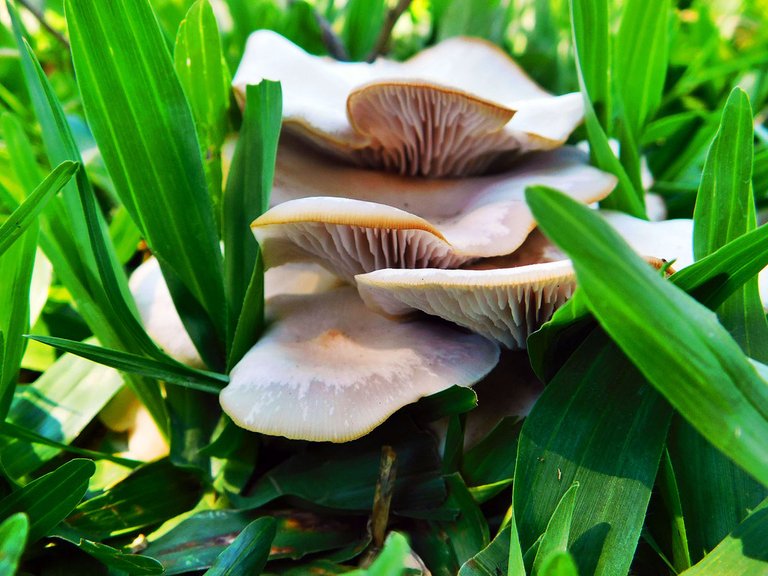
Source: Family Álbum
What a joy to be back in this wonderful ¨FungiFridayCommunity¨: to accompany our friend @ewkaw in his wonderful ¨FungiFridayContest¨: an initiative, which more than a competition is an opportunity to discover and learn about the different types of mushrooms, presented weekly by hivers from different parts of the world
La clina en esta zona del mundo se ha vuelto impredecible, fuertes vientos azotan a las ciudades provocando desastres, las recurrentes crecidas de los ríos dejan ciudades bajo agua, las precipitaciones son algo nunca visto, hay días que llueve lo que solía llover en un año, esto provoca pérdidas económicas, aunque también tengo que decir que la humedad del terreno ha facilitado el desarrollo y el crecimiento de los hongos. La reserva natural nos ha vuelto a sorprender con dos variedades de hongos que antes no habíamos visto. Para su identificación tuve que recurrir a ¨Google¨¨ lens¨: esta herramienta lo identifico como ¨Pleurotus¨ ¨ostreatus¨: pero no estoy seguro que la identificación sea la correcta, hay algunas cosas que me hacen dudar, si ven la imagen desde el costado tiene cierta similitud, aunque si lo ven de la parte superior ya no hay tanta semejanza. Este tipo de hongo tiene un sombrero¨ irregular, su color tirando a grisáceo, acompañado de un amarillento en sus bordes, se aprecia que se desarrollan en comunidad, es decir varios ejemplares juntos





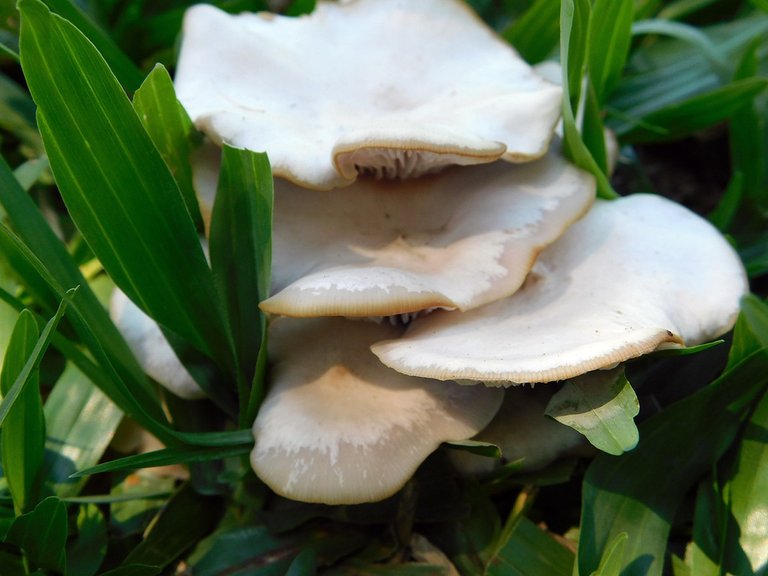
Source: Family Álbum
The cline in this area of the world has become unpredictable, strong winds hit the cities causing disasters, the recurring floods of the rivers leave cities under water, the rainfall is something never seen before, there are days when it rains what it used to rain in a year, this causes economic losses, although I also have to say that the humidity of the land has facilitated the development and growth of fungi. The nature reserve has surprised us again with two varieties of mushrooms that we had not seen before. For identification I had to resort to ¨Google¨¨ lens¨: this tool I identify it as ¨Pleurotus¨ ¨ostreatus¨: but I am not sure that the identification is the correct one, there are some things that make me doubt, if you see the image from the side it has a certain similarity, although if you see it from the top there is not so much similarity. This type of fungus has an irregular cap, its color is greyish, accompanied by a yellowing on its edges. It can be seen that they develop in community, that is, several specimens together
La segunda especie últimamente lo hemos visto seguido, se trata de una que se desarrolla a partir del ¨estiércol¨ de animales. Su nombre científico es ¨Protostropharia semiglobata¨: Para el crecimiento de este pequeño hongo no necesariamente tiene que haber una montaña de ¨estiércol¨, solo es necesario algunos sedimentos en la tierra para desarrollarse; Esta especie de hongos es común verlos entre las hierbas o las malezas
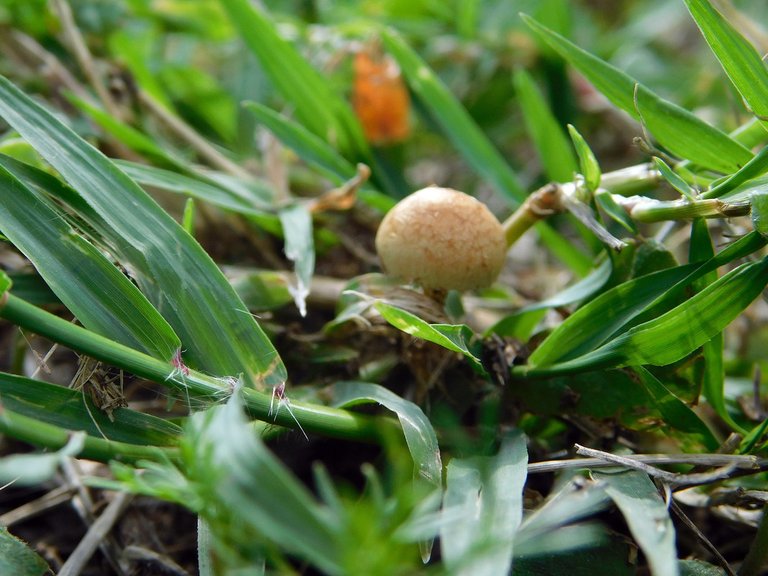

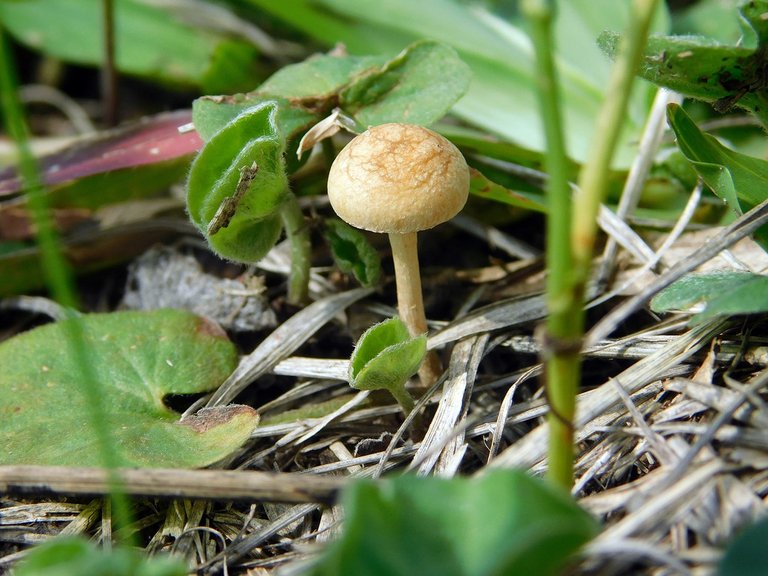
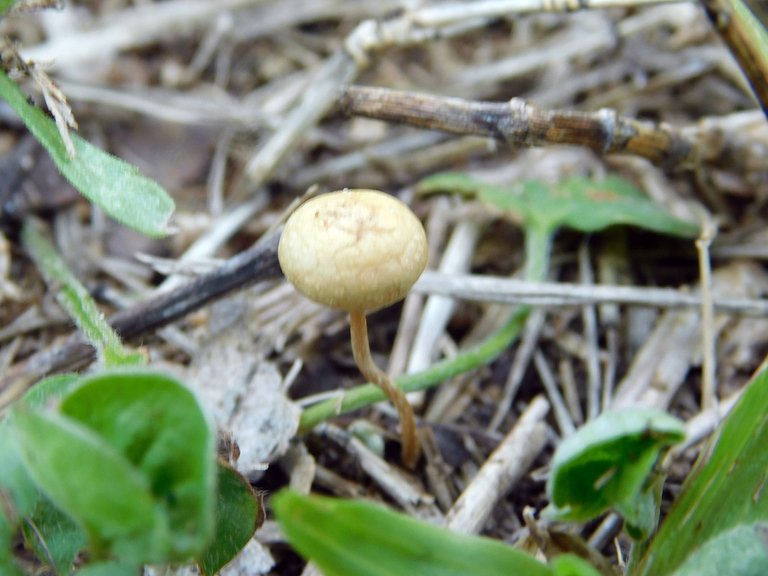

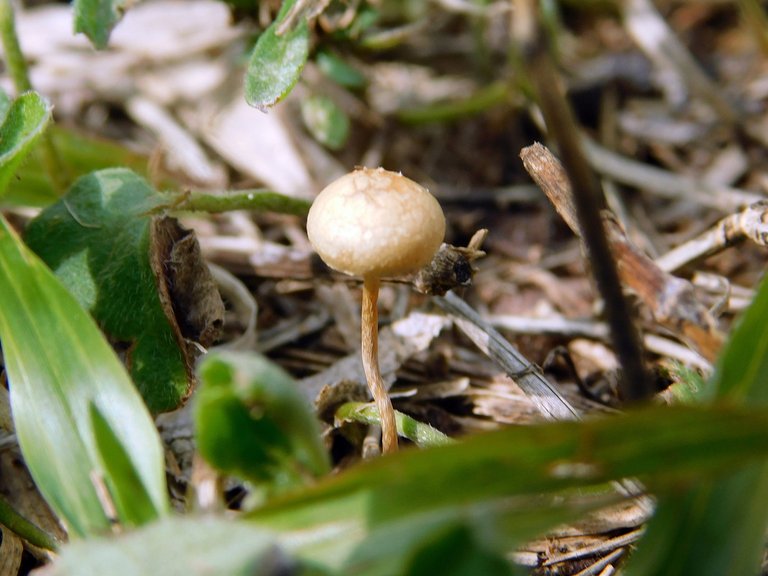
Source: Family Álbum
We have seen the second species often lately, it is one that develops from animal "manure". Its scientific name is ¨Protostropharia semiglobata¨: For the growth of this small fungus there is no There necessarily has to be a mountain of “manure”, it is only necessary to have some sediments in the earth to develop; This species of mushrooms is common to see among herbs or weeds
Para poder identificar a la tercera especie, nuevamente tuve que recurrir a esta genial ¨herramienta¨: de la web, en este caso identifico a que tipo de genero pertenece ¨Leucocoprinus¨: es un género de hongos que tiene varias decenas de especies, por lo que me resulto muy difícil poder definir la especie a la que pertenece este hermoso hongo. A medida que va creciendo el hongo, el ¨sombrero¨ toma forma de ¨sombrilla¨ de color blanco, con un fino ¨tallo¨ que lleva un pequeño ¨anillo¨.


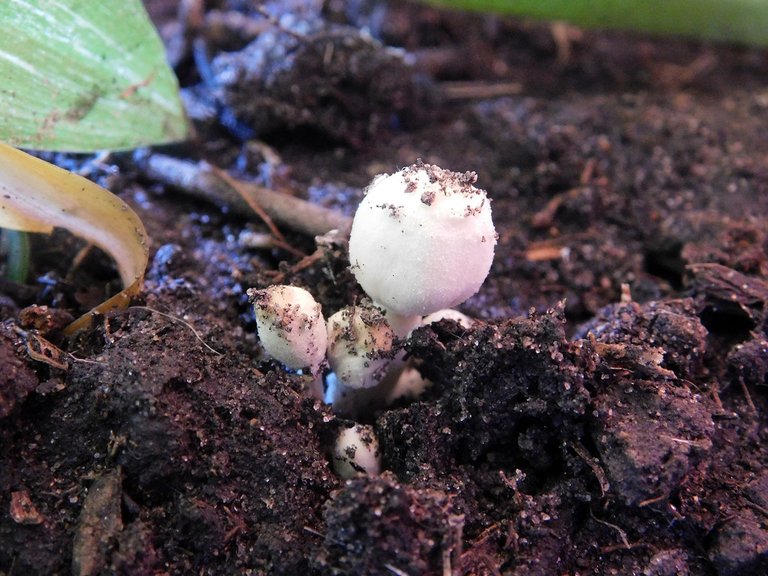


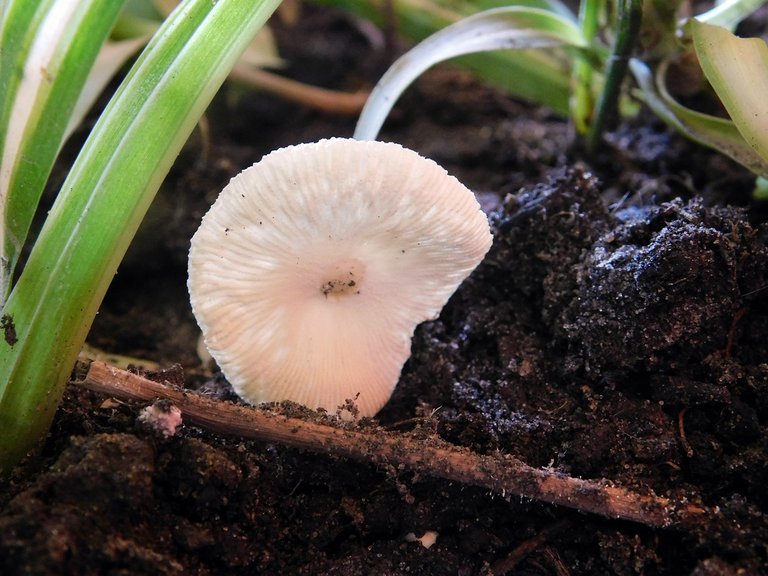
Source: Family Álbum
In order to identify the third species, I once again had to resort to this great ¨ tool¨: from the web, in this case I identify what type of genus it belongs to ¨Leucocoprinus¨: is a genus of fungi that has several dozen species, so it was very difficult for me to define the species to which this beautiful mushroom belongs. As the mushroom grows, the “cap” takes the shape of a white “umbrella”, with a thin “stem” that carries a small “ring”.
Cada vez que vamos a la reserva natural y damos con variedades de hongos que antes no las habíamos visto me hace muy feliz, me doy cuenta que el mundo de los hongos siempre nos sorprende gratamente. Las tres especies que hemos hallado las fotografiamos con una ¨nikoncoolpixb500¨. Que genial poder compartir con mis amigos de #hive, las variedades de hongos que hay en esta zona del mundo
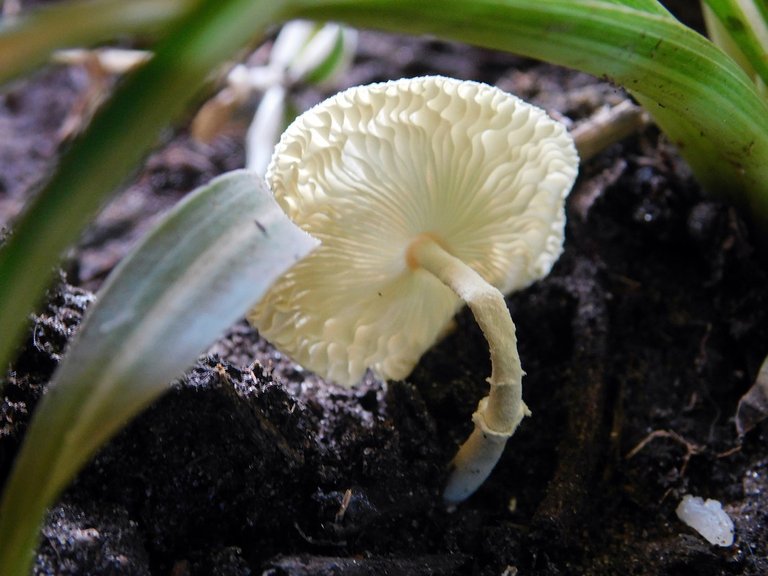
Source: Family Álbum
Every time we go to the nature reserve and find varieties of mushrooms that we had not seen before it makes me very happy, I realize that the world of mushrooms always pleasantly surprises us. We photographed the three species that we have found with a ¨nikoncoolpixb500¨. How great to be able to share with my #hive friends the varieties of mushrooms that exist in this area of the world


Source: vimeo-free-videos
0
0
0.000
#Posh compartido en mis redes sociales
https://x.com/jlufer/status/1745767513734975675?s=20
Greetings brother, how beautiful are your pictures, you have talent to capture these small details that nature gives us and you transmit passion through the images, bravo!!!
Please consider voting for our Liotes HIVE Witness. Thank you!
Thank you very much dear friend @jesuslnrs for appreciating my photographs, you are very kind
Thank you very much for the great support you give me
have a wonderful weekend
El primer grupo de hongos me parecieron una genialidad, las formas que tienen son tan hermosas que me sorprenden. Gracias @jlufer 😀
Es verdad, son realmente preciosos, ademas, la posicion de las tomas las hacen ver muy bien
Muchas gracias por el gran apoyo que siempre me das
Que pases una esplendida tarde querida amiga @avdesing
Eso mismo te iba a decir, lo mejor fueron las tomas que hiciste, gracias y muy buena tarde para vos!
Thank you very much dear brumest friends @qurator for the great support you have provided
I wish you all a splendid weekend
Amazing photos of fungi my friend great documentation of your walk in nature

@jlufer
Made in Canva
!ALIVE
This post has been curated by the Alive And Thriving Team, we curate good content in the We Are Alive Tribe that is on topic for #aliveandthriving, and it's included in our daily curation report on @aliveandthriving, plus @youarealive is following our Curation Trail.
@jlufer! You Are Alive so I just staked 0.1 $ALIVE to your account on behalf of @ aliveandthriving. (18/40)
The tip has been paid for by the We Are Alive Tribe through the earnings on @alive.chat, feel free to swing by our daily chat any time you want, plus you can win Hive Power (2x 50 HP) and Alive Power (2x 500 AP) delegations (4 weeks), and Ecency Points (4x 50 EP), in our chat every day.

Thank you very much dear friends for all the great support you give me
I wish you all a wonderful weekend
Happy Sunday, @jlufer! 😁 🙏 💚 ✨ 🤙
Made in Canva
What a wonderful informative post and great photos! A real encyclopedia of mushrooms!
It makes me very happy to know that you liked my post and the sphorographs.
I wholeheartedly appreciate your kind words, you are very kind dear friend @torem-di-torem
Have a splendid weekend
What lovely fungal discoveries, @jlufer! Yes, I've noticed that mushrooms, and fungus in general, love moisture, and they often explode with growth after lots of rain! The three species that you found are beautiful and fascinating!
By the way in the there is a misspelled Spanish word in the second paragraph, that also didn't translate correctly in the English version. The word is clima (climate in English), which is spelled clina in both the Spanish and English versions. I just thought that you should know.
I hope that you have an excellent Sunday, brother! 😁 🙏 💚 ✨ 🤙